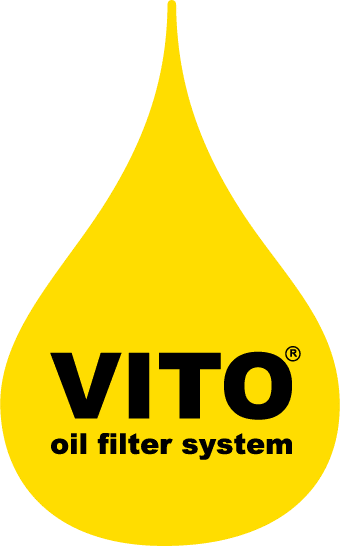WHY FILTER YOUR OIL?
Firstly, filtering is required to keep oil clean, which in turn results in healthier, better tasting fried food which visually looks more appetising to the customer. Additionally, filtering extends the life of the oil, which in the longer term offers significant savings on oil costs and lower maintenance time. Understanding the science behind filtering helps give context to the frying game.
WHAT IS FILTRATION?
Filtration is a separation technique that is used to separate a solid that has not dissolved in a liquid. A filter paper is used and the particles and liquid are placed into the filter paper. The liquid in the container, which is called the filtrate, flows through the filter paper, while the solid or ‘residue’ as it is called remains in the filter paper.
Other products available using separation of the solids in the oil will do nothing to stop the solids burning and turning to carbon deposits (Acrylamide) There are suggestions that other products on the market claim to double the life of cooking oil, but how can this be achieved without the forgone process being done? Oil cannot be used for frying to high standards if it contains sediment and floating or suspended particles, as the particles are the main factor in food discolouration and bad tasting fried products.
ACRYLAMIDE – WHAT IS IT?
Acrylamide is a chemical produced naturally in food as a result of cooking starch rich food at high temperatures, such as when baking or frying.
WHAT IS THE PROBLEM?
In 2002, Swedish studies revealed that high levels of acrylamide could be formed during the frying or baking of potato or cereal products. This raised worldwide public concern because studies in laboratory animals suggest acrylamide has the potential to cause cancer in humans. This is not a new risk, acrylamide is formed in food by common cooking practices and so people will have been exposed to acrylamide in their diet throughout history
SHOULD I BE WORRIED AS A FOOD BUSINESS?
High levels of acrylamide are undesirable and may be treated as a hazardous and therefore classed as chemical contamination under the Food Hygiene Regulations. However, how this would be determined by an EHO is uncertain, at least in the short term. The likelihood is that they would be more interested in your understanding of the issues and how you are minimising the risks.
FOODS MOST LIKELY TO PRODUCE ACRYLAMIDE
There are many foods that can produce acrylamide and some of them are: Chips, French fries and all battered or fried vegetables. Acrylamide becomes present in very small amounts when food is cooked at high temperatures. In chips the sugar levels affect the acrylamide levels. The particles created by frying in a deep fryer hold the main part of acrylamide in frying oil. These particles stick to the fried goods and are in the end served to the customer. To cut it short, acrylamide is not found in the frying oil, it is in the burned particles within the oil.
VITO removes 95-99% of those particles.
WHY SHOULD I BUY VITO?
That’s why the proper filtration mechanism is needed to ensure that staff working in the kitchen get the best out of the frying equipment that has been specified. When oil has been used, even for one service session, it should be filtered before the next session. This can only be achieved by filtering in the fryer as it is impractical to remove oil from the fryer when hot. Only filtering will keep the oil clean.
Even if the oil life could be doubled by a miraculous treatment, you can’t fry food successfully in dirty oil. The main factor apart from filtering is the total polar material or ‘TPM’. Only taking the TPM will determine the life of the oil. This can be measured by an oil tester and a simple readout on the display screen will tell the chef exactly when to change the oil so as to leave nothing to chance. It is important to have this feature as when oil is filtered regularly it is not visually apparent when it is at the end of its life.
Most kitchens throw the oil away far before the end of its life by visual appearance. They tend to take the view that if it looks dirty, it should be changed. If you really want to increase profits and give customers fresh-tasting and clean-looking food, as well as maintain the frying equipment that you have invested in, the answer is quite simply to filter.


